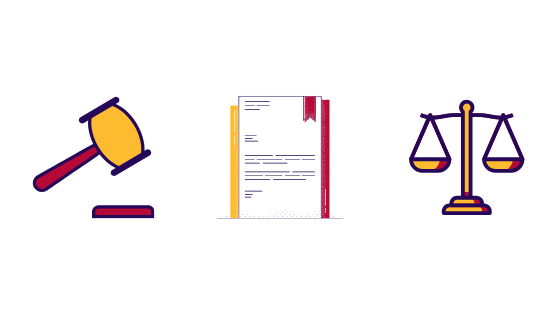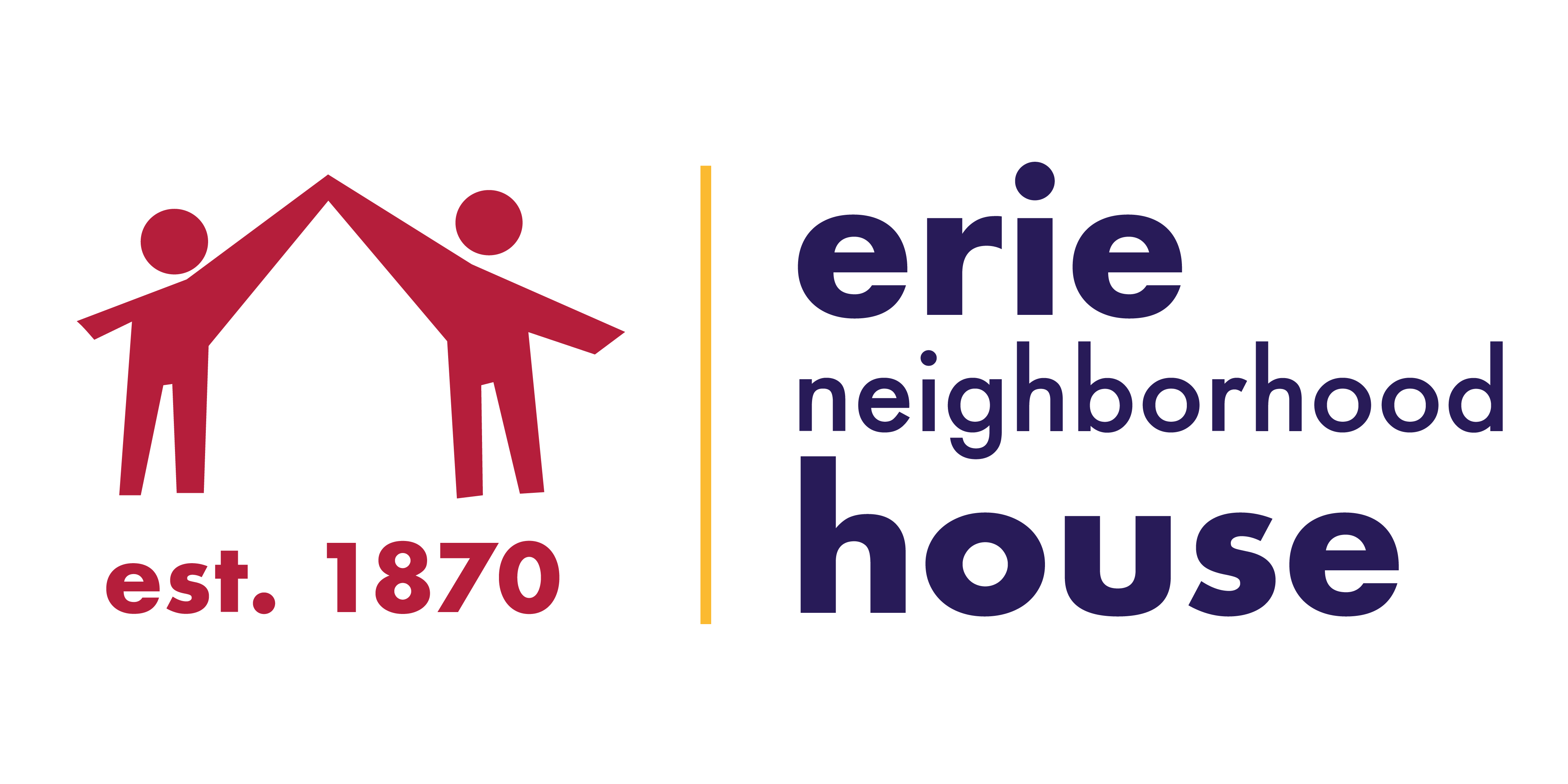
Happy New Fiscal Year
Did you know that Erie Neighborhood House runs on a Fiscal Year vs a Calendar Year?
Fiscal year – 12 consecutive months ending on the last day of any month except December. A 52-53-week tax year is a fiscal tax year that varies from 52 to 53 weeks but does not have to end on the last day of a month.
Calendar year – 12 consecutive months beginning January 1 and ending December 31.
— IRS.Gov
The Benefits of a Fiscal Year for Mission-Driven Organizations
For organizations like Erie House that rely on seasonal activities and funding cycles, using a fiscal year can offer significant advantages. Aligning our financial year with our programmatic cycles allows us to better plan, manage, and report our revenues and expenses.
Consider the example of retail companies that often end their fiscal year on January 31, right after the holiday season. This timing allows them to conclude their year with strong revenue figures, thanks to the holiday sales boost, and provides ample starting capital for the new year. Similarly, for Erie House, aligning our year with key fundraisers and programmatic grant cycles ensures that we end the year on a high note, reflecting the community’s increased need for our programming and showcasing our impact.
By aligning our fiscal year with our programmatic cycles, we can ensure that our budgeting and financial planning are in sync with the periods of highest activity and need. This approach allows us to allocate resources more effectively, ensuring that community resources are fully funded when they are needed the most.
